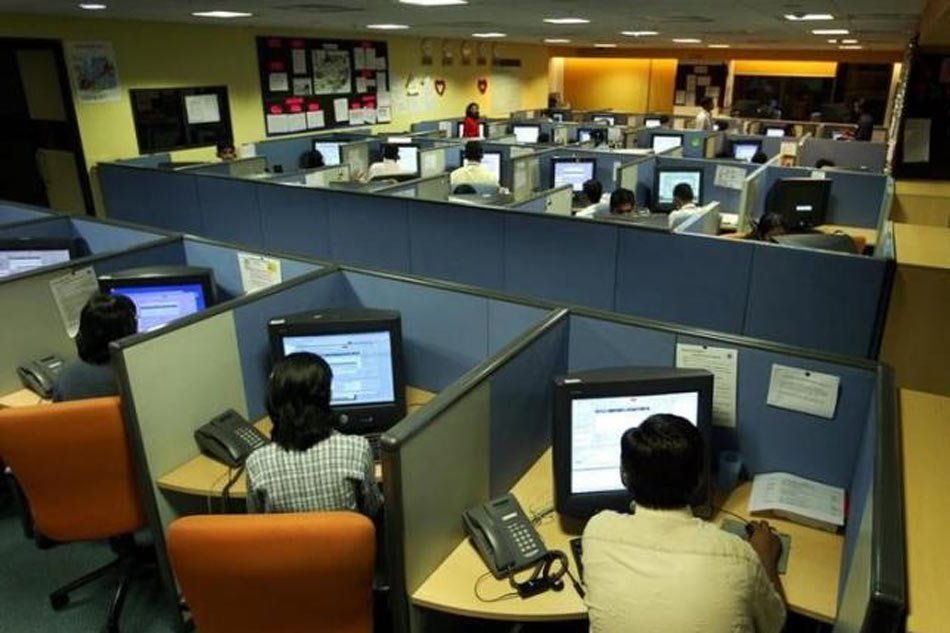By:Dr.Shama Lohumi (Editorial Group Advisor-ICN Group)
SHIMLA: Job burnout has emerged as a serious problem in the modern stressful urban life in recent years. Cut-throat competition among companies and increasing use of information technology in office processes, monitoring performance of employees and evaluating their productivity is only aggravating the situation and virtually turning work places into pressure cookers.
The growing unemployment is compounding the problem as a majority of employees are forced to take up jobs far below their qualification, experience and ability. Studies have shown that underemployed workers are more vulnerable to job burnout. The problem is peculiar to occupations where the workers have to perform the same drab monotonous tasks day in and day out, especially where there is no or little direct human interaction and all communication is through the computer interface.
It has emerged as a serious psychological and social issue only recently after India emerged as the most dominant BusinessProcess Outsourcing (BPO) destination. According to National Association of Software and Services Companies (NASSCOM) currently the IT and BPO industry is providing direct employment to over 3.5 million persons and it is has the highest attrition rate, mainly because of job burnout which takes a heavy toll of physical and mental health.
One of the main reason for job burnout is that the employees have to perform shift duties continuously which not only disrupts the biological clock but also affects social life. The employees have to work through the night which is the time for sleeping and providing rest to the body. Over a period of time it also starts affecting psychological well being and the early symptoms manifest in form weight gain or weight loss, irritability, exhaustion ,sleep disorder and constipation which have a bearing on their performance and productivity.
In the long run it could lead to backache, depression and other ailments. Those working in call centres can even suffer hearing loss.Impersonal communication through computer interface also leads to emotional exhaustion, depersonalization and diminished personal accomplishment.
It was the abnormally high attrition rate ranging from 30 to 40 percent which brought the problem of burnout into sharp focus. The companies could not afford to lose trained manpower as it affected the overall productivity as stress affects both performance and behaviour of employees. They are unable to handle the customers and also spoil the office environment. The big companies requisitioned studies to get to the root of the problem so that remedial measures could be put in place to find a lasting solution.
A host of measures to improve work environment and pecuniary and non-pecuniary benefits to motivate employees are being offered. Subsidised food and transportation, gyms, indoor games and other recreation facilities are being provided along with weekend parties and cultural programmes to make working in office enjoyable. Some companies are offering preferential shares and easy loans to create sense of belongingness and shift duties are being rescheduled with flexible work hours.
Employees are also being offered the facility to “work from home”, which is particularly beneficial for women employees who have to take care of family. Many companies have introduced employee referral scheme to encourage employees to refer friends and relatives for employment in the organization.
These steps have over the past few years helped to bring down the attrition rate which now ranges from 18 to 25 percent which is on the higher side.




